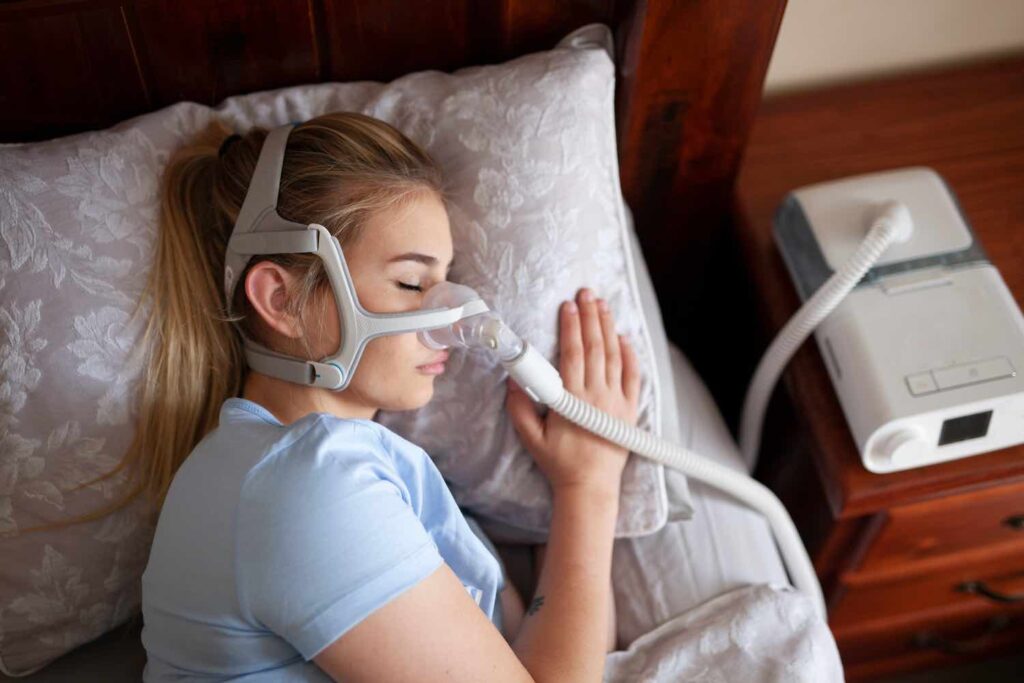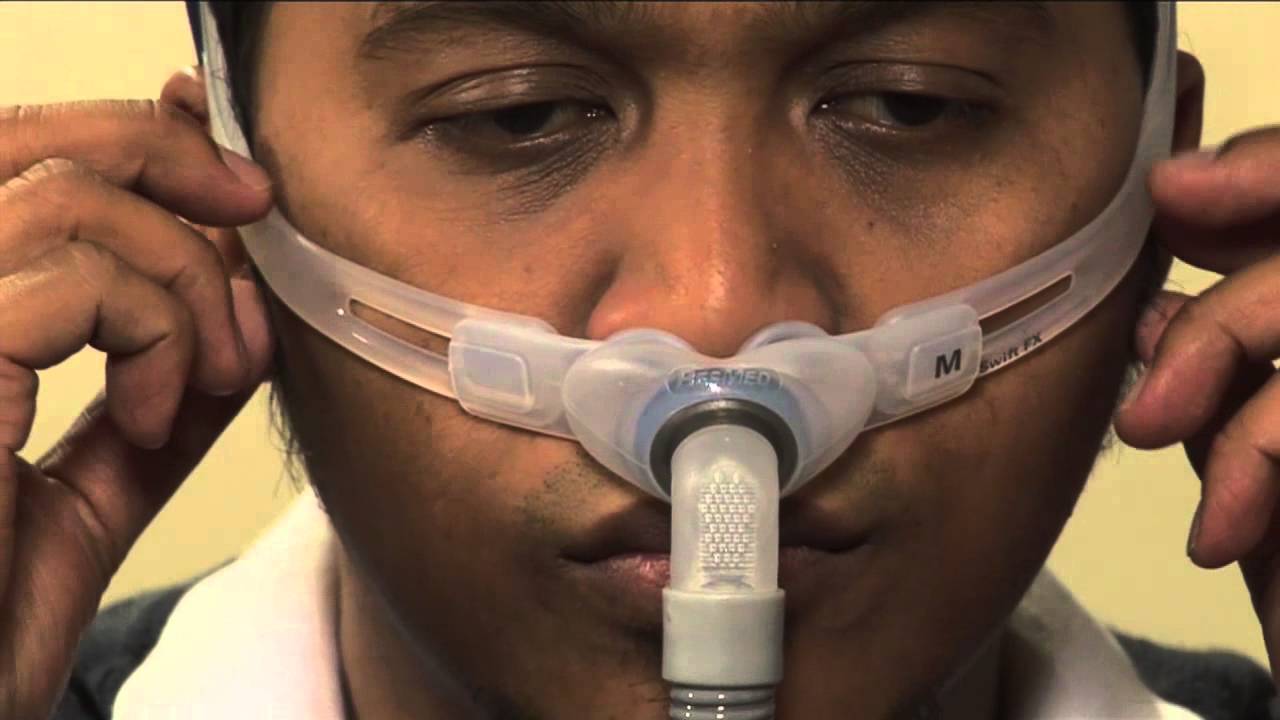It may be uncomfortable to sleep with CPAP masks because of the mask that covers your face and the tubing that connects you to the noisy machine next to your bed. We understand. They may undoubtedly be a pain, which is a major factor in why some individuals choose to sleep without them. Up to 35% of users do not use their CPAP masks as directed. Some just use it for a few hours every night, while others don’t even think about it.
We advise against doing it. Ignoring sleep apnea is as dangerous as ignoring high blood pressure and heart disease. Use these easy recommendations to incorporate sleeping with cpap mask into your routine so that you don’t have to sacrifice your health or sleep quality. Learn more factors before choosing CPAP masks.
1. Select the proper mask design
The good news is that CPAP masks have advanced significantly from the bulky, outdated noisy machine with the enormous face mask. Modern versions are quite silent, and there are many different mask designs to pick from. Modern CPAP masks have a variety of mask options so you may choose the one that works best for you.

Common types of CPAP masks:
• Full-face CPAP masks: People want for this kind of coverage from their CPAP masks. It covers your nose and mouth. It’s a wonderful solution for individuals who suffer from nasal congestion or mouth breathing at night.
• Nasal mask. It works effectively for those who move about when they sleep.
• Nasal pillow mask: This mask covers your top lip and nostrils and has the smallest face coverage. People who use glasses or feel claustrophobic in full covering alternatives would love this selection.
• Oral mask: If you breathe through your mouth at night, this is the mask for you. It just covers your mouth.
When selecting the kind of mask, keep in mind what posture you sleep in. The bigger masks with varied straps may press against your pillow if you sleep on your stomach or side.
2. Verify that your mask fits correctly.
Once you’ve determined which mask design best suits your requirements, make sure it fits. An unpleasant mask may cause a dry, congested nose and is painful. It’s too tight if you have red markings on your face. On the other side, if the mask is too loose, you won’t profit from what CPAP masks have to give.
Till you discover the ideal fit, experiment every night. You should adjust your mask while resting on your back and wearing it over your face. Your doctor will be able to assist you in making the necessary adjustments to the mask if you are having difficulties getting it to fit correctly.
3. Test wearing it throughout the day.
CPAP masks might first feel something similar to a facehugger from Alien being clamped to your face. Getting acclimated to it takes some time. Saving the adjustment time until when you are attempting to sleep is the last thing you want to do. Start wearing it throughout the day instead to get acclimated to how it feels on your face. Wear it as you read a book or watch TV. You won’t even notice it after a while.
Try breaking it down into stages if you discover that you can’t wear it throughout the day. Start out with only the mask and no straps or hose. After that, gradually fasten the hose and straps to the procedure.
4. Utilize the “ramp” function
The purpose of CPAP masks is to force air into your airways in order to prevent them from collapsing due to sleep apnea. Some individuals find it difficult to handle the sensation of forced air, particularly at first. In order to help you fall asleep, many CPAP masks contain a “ramp” option that gradually raises the air pressure as the night goes on. Find the recommended ideal pressure for your sleep apnea in collaboration with your physician.
5. Be tolerant
You should assess your progress in terms of modest steps as you become acclimated to sleeping with a CPAP machine. Nobody takes their brand-new CPAP machine home and instantly falls asleep for eight hours nonstop while using it. CPAP equipment may facilitate deeper sleep, which will benefit your long-term health. You’ll feel better rested if you use a CPAP machine while you sleep, despite the sometimes irritating challenges.

Final tips
• Get rid of any preconceived ideas you may have about CPAP masks!
Most individuals have at least one friend or family member who uses a PAP machine, and they may either love it or detest it. Keep your thoughts as open as you can and avoid letting other people’s experiences shape your own since everyone has a highly unique experience with therapy.
• Take a deep breath.
When using a PAP machine for the first time, you may be tempted to attempt to control your breathing and make an effort to inhale and exhale. But refrain! You can feel panicked and desire to remove the mask and equipment as a result. Breathe normally, and the positive pressure will usually become more comfortable with time.
The importance of consistency in use
In PAP treatment, “practice makes perfect” holds true! The machine becomes easier to operate the more you use it. Try your hardest to persevere on evenings when you feel like you’ve had enough of your machine. If you feel the need to walk away from the treatment for a time, go ahead and do it. However, be sure to put the mask and machine back on before going back to sleep for the remainder of the night.
The mask may either make or ruin the procedure.
Make sure you have the correct mask type and size for your method of PAP treatment, your pressure settings, your face structure, and your desired body orientation while you sleep by working closely with our DME professionals. Poor sleep quality using the machine is caused by ill-fitting masks because the airflow might “leak” and create noise and pain.
